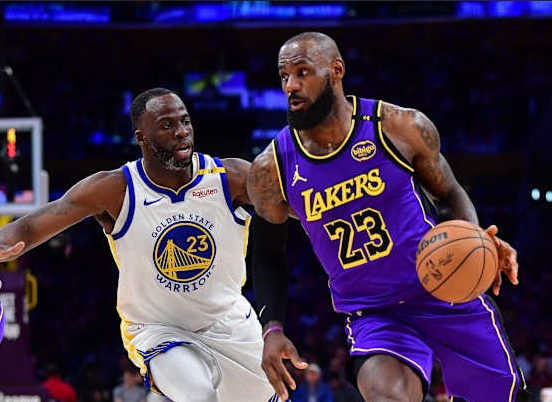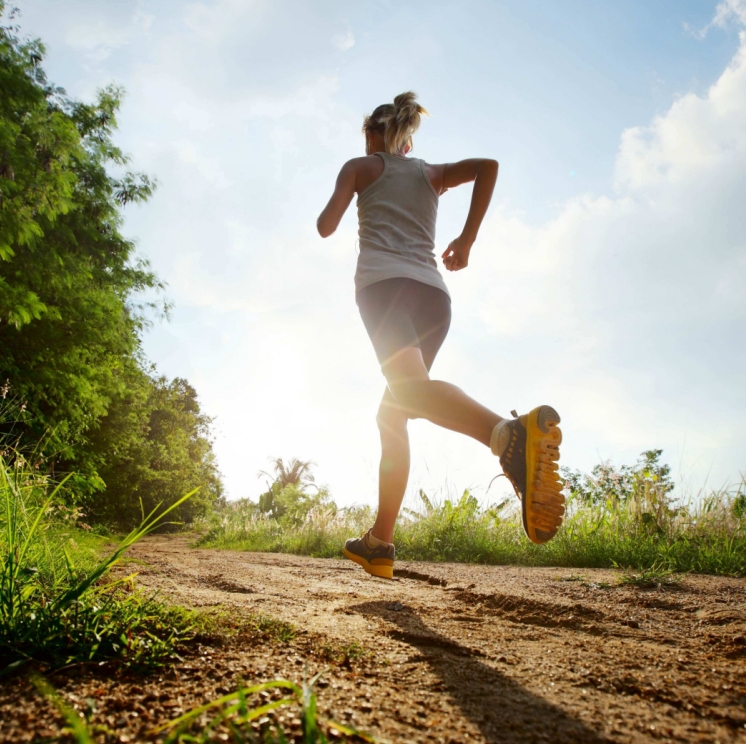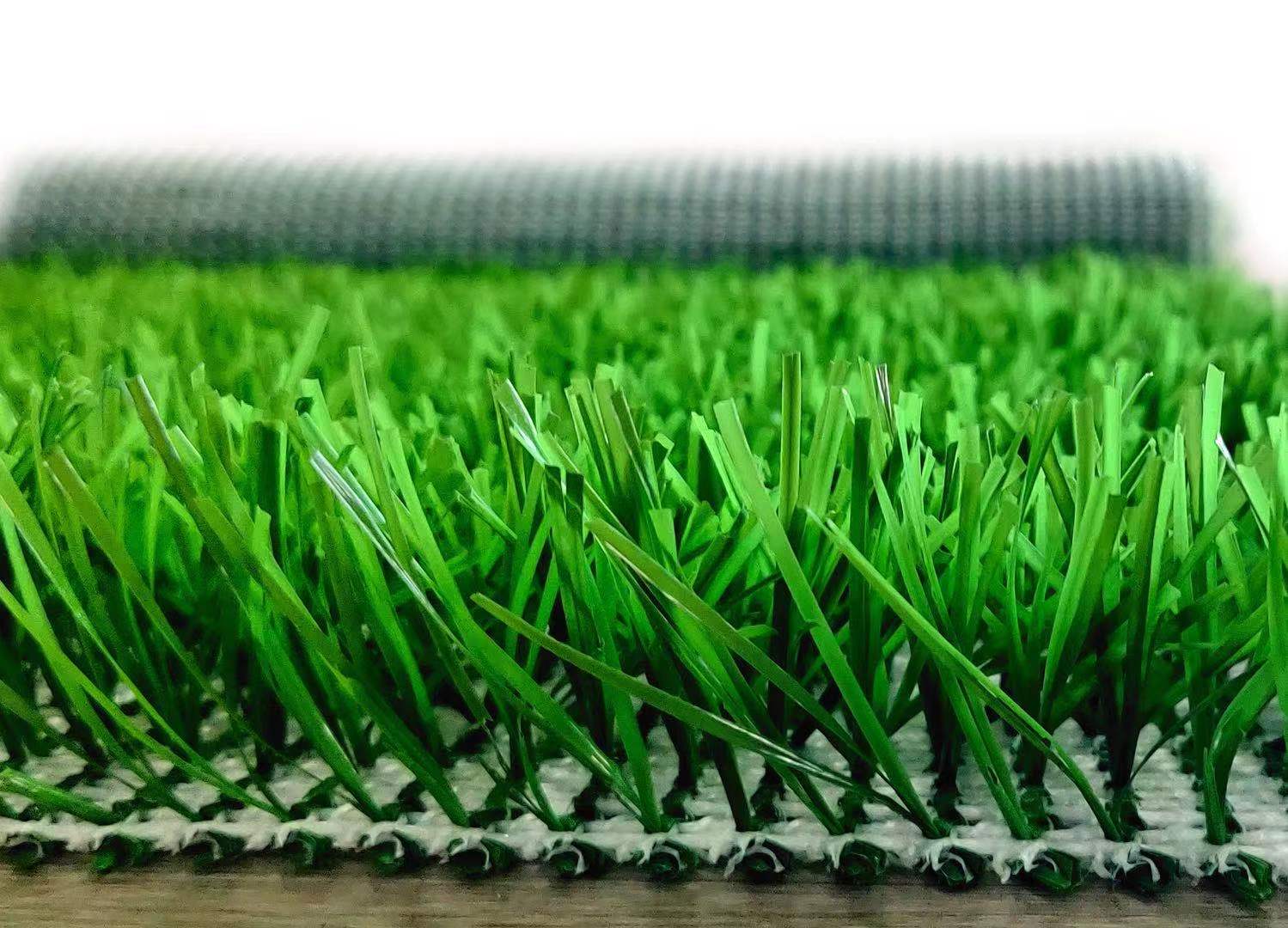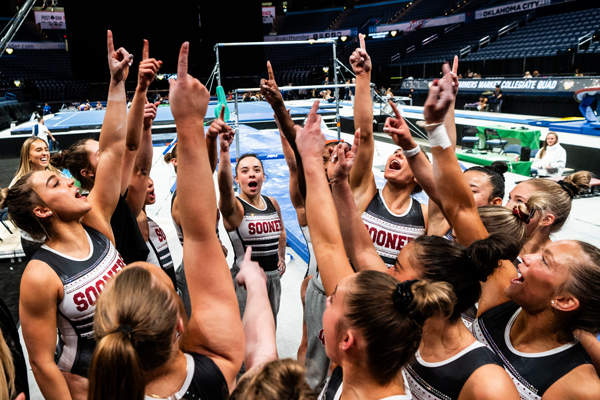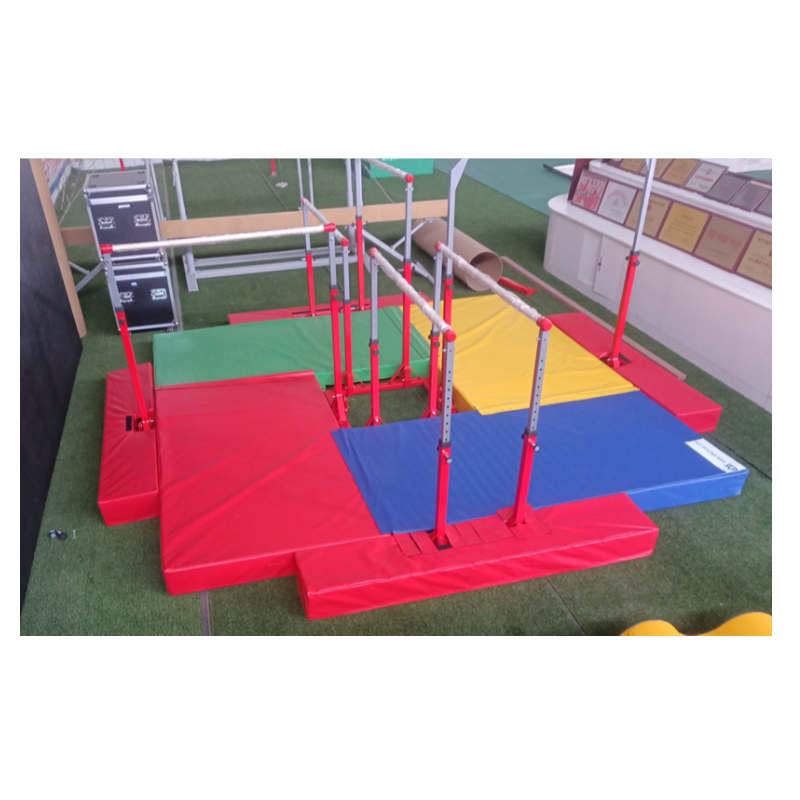Product
Why is rhythmic gymnastics considered sportive
Basic Info
First of all, rhythmic Gymnastics can improve physical fitness and health, enhance muscle strength and flexibility, and greatly help our physical development and physical health.
Secondly, rhythmic gymnastics can cultivate our coordination and balance ability, and through the training of various movements, it can improve the body's control and reaction ability.
In addition, rhythmic gymnastics can also cultivate our willpower and perseverance. Through continuous training and challenges, it can cultivate our perseverance and have a positive impact on difficulties in daily life and study.
In short, rhythmic gymnastics is a comprehensive way of physical exercise for us, which can provide many benefits and has a positive impact on us in many aspects.
Secondly, rhythmic gymnastics can cultivate our coordination and balance ability, and through the training of various movements, it can improve the body's control and reaction ability.
In addition, rhythmic gymnastics can also cultivate our willpower and perseverance. Through continuous training and challenges, it can cultivate our perseverance and have a positive impact on difficulties in daily life and study.
In short, rhythmic gymnastics is a comprehensive way of physical exercise for us, which can provide many benefits and has a positive impact on us in many aspects.
Artistic Gymnastics is a sport that perfectly blends athleticism and artistry, attracting audiences with its stunning movements and incredible strength, flexibility, and precision.
Although individual performances are often at the center of the stage, collective events in artistic gymnastics competitions showcase the unique collaborative effects of gymnasts working together to create harmonious skills and synchronous displays.
Collective projects, such as floor exercises and balance beam routines, require gymnasts to perfectly coordinate and complete complex skills. The development of gymnastics skills, including turning, turning, jumping, and acrobatics, makes these movements more complex.
The design of the equipment used in the collective project has been adjusted to adapt to the collaborative routine, making the balance beam wider and providing more space for synchronized movements.
These changes enable gymnasts to complete complex movements while maintaining spatial alignment, increasing the visual appeal and technical difficulty of collective events.
The perfect synchronization between gymnasts is a hallmark of the success of collective events, and the challenge lies in coordinating the time, rhythm, and execution of multiple individuals.
The advancement of techniques such as video analysis and motion capture enables coaches and gymnasts to fine tune movements and achieve higher levels of synchronization.
Cooperative routines usually involve gymnasts with different skill levels and strengths, and coaches must strategically arrange routines that showcase the strengths of each gymnast while maintaining the cohesion and visual beauty of the performance.
Collective activities provide a stage for storytelling and thematic exploration, and choreographers incorporate narrative, emotional, and artistic elements into their actions to create engaging and emotionally resonant performances.
Collective projects rely on harmonious formations and visual impact to attract audiences. The choreographers strive to create formations that highlight symmetry, contrast, and dynamic visual patterns.
Music plays a crucial role in determining the tone and rhythm of collective events, and the movements of gymnasts must be synchronized with the music, highlighting the emotional dynamics of the movements.
Collective events usually involve gymnasts from different backgrounds and styles, and choreographers must strike a balance between promoting individual art and creating cohesive and unified performances.
Cultural factors play an important role in the difficulty of teamwork in artistic gymnastics competitions, and different cultures bring unique perspectives, traditions, and styles to the collaborative process.
Artistic gymnastics is a global sport that attracts participants from different cultural backgrounds. The fusion of different artistic influences injects a wide range of action vocabulary, music choices, and artistic interpretations into collective events, thereby enriching them.
International competitions provide opportunities for cultural exchange and cooperation among gymnasts from various countries. These exchanges promote the sharing of artistic concepts, choreography techniques, and training methods.
Due to gymnasts and coaches drawing inspiration from different artistic traditions, cultural diversity promotes innovative choreography, and collaborative choreography routines may incorporate elements of various dance styles, local movements, and cultural symbols.
Sports can overcome language barriers, allowing gymnasts from different cultural backgrounds to communicate and collaborate through a common language.
Choreographers can now use digital tools that help plan and visualize actions, and computer-aided design software can achieve precise action mapping, helping to create complex formations and synchronized sequences.
The advancement of virtual communication technology enables gymnasts and coaches from around the world to collaborate remotely. Virtual rehearsals, video sharing, and real-time feedback mechanisms make cross-border artistic exchange and cooperation possible.
The collaboration between gymnasts, dance choreographers, composers, fashion designers, and visual artists is becoming increasingly common. This interdisciplinary approach enriches the connotation and professional knowledge of collective activities by integrating different artistic elements.
Collaborators from different fields have contributed to the overall design and execution of routines, making the performance both visually impactful and emotionally resonant.
The trend of inclusive and adaptive sports has extended to collective events in artistic Gymnastics, where disabled gymnasts can perform inclusive routines with healthy athletes, challenge traditional cooperative concepts, and expand the boundaries of artistic expression.
Cultural integration and the blending of different artistic styles are becoming increasingly common. The choreographer draws inspiration from various cultural traditions and creates programs showcasing the beauty of mixed art expression and the fusion of global art.
Collective activities incorporate elements that attract audience participation. Interactive programs can invite viewers to participate through applause, rhythmic movements, or vocalizations, creating a sense of shared energy and connection.
The trend of cooperative difficulty in collective events in artistic gymnastics competitions reflects the dynamic interaction between technological innovation, artistic expression, and cultural diversity. As gymnastics continues to attract audiences around the world and inspire athletes around the world.
From the technical challenges of achieving synchronization and mastering complex skills, to the artistic challenges of conveying emotions and narratives, gymnasts and choreographers are adept at handling multifaceted fields that require precision and creativity.
With the development of gymnastics culture, collective events may continue to challenge the limits of difficulty, innovation, and collaboration. The advancement of technology, interdisciplinary cooperation, and adaptive gymnastics will drive the development of gymnastics routines, which not only require high physical fitness.
And it is eye-catching in art and resonates with culture. The future of artistic gymnastics collective projects will be the unique synergy generated by continuous innovation, artistic exploration, and celebrating individual collaborations to create collective glory on the gymnastics floor.
The evolution of artistic gymnastics collective events has proven that this sport has the ability to adapt, change, and attract audiences by perfectly integrating sportiness, artistry, and collaboration.
As gymnasts and dance choreographers continue to push their limits, they have contributed to the inheritance of excellence, creativity, and cultural exchange, with their influence far beyond the scope of the arena.
The trend of difficult cooperation in collective activities is not limited to elite gymnastics competitions. Education promotion and grassroots activities play a crucial role in cultivating future talents and shaping the next generation of gymnasts.
Gymnastics clubs, schools, and community programs introduce young athletes to the charm of collective sports, cultivate their love for this sport, and encourage them to cooperate as soon as possible.
In the history of artistic gymnastics, there have been some iconic collective performances that have left an indelible mark on this sport, providing inspiration for current and future gymnasts.
Motivating them to constantly pursue new heights in technology and art, the legacy of these performances will continue to influence choreographers, coaches, and athletes as they strive to create movements that capture the same magic and emotions.
The future of artistic gymnastics collective projects will be marked by continuous cooperation and innovation, with gymnasts, dance choreographers, coaches, and experts in various fields working together.
Creating gymnastics movements that break through the limits of difficulty, attract audiences, and tell exciting stories, technological advancements such as virtual reality and augmented reality may provide new opportunities to enhance the artistic and visual elements of collective activities.
For gymnasts, participating in group events provides opportunities for personal growth, empowerment, and self-expression, collaborating with teammates, choreographing movements, and performing on global stages.
All of these will bring gymnasts a sense of achievement and confidence that goes beyond the gym. The experiences learned through collaboration contribute to the comprehensive development of athletes as individuals and team members.
Artistic gymnastics emphasizes artistic expression and collaboration, serving as a cultural ambassador that transcends national borders and language. The universal language of gymnastics and emotions enables gymnasts to establish connections with audiences around the world.
The cultural influence of gymnastics, which conveys messages of hope, motivation, and unity, transcends the realm of competition and influences people's understanding of beauty, sportsmanship, and creativity.
The digital age has changed the way Gymnastics culture is shared and consumed. Social media platforms, streaming services, and online communities provide gymnasts and fans with innovative ways to participate in collective activities.
Gymnasts can share their inner journey, insights, and behind the scenes footage, promoting deeper connections between athletes and the audience.
The trend of difficulty in collective project cooperation in artistic gymnastics competitions reflects the dynamic interaction between excellent technology, artistic innovation, and cultural diversity.
From early gymnastics competitions to the present, collective events have developed into fascinating displays of skills, synchronization, and artistry. With the continuous development of gymnastics culture, collective events will still be the cornerstone of gymnastics.
It will attract the imagination of the audience, inspire gymnasts to collaborate, create, and challenge their limits, and the legacy of artistic gymnastics collective projects will continue to shine, illuminating the artistic brilliance and collaborative spirit of this charming and enduring sport.
The artistic gymnastics industry, like many other sports, has recently faced unprecedented challenges, as the global COVID-19 pandemic has disrupted the essence of training, competition, and collaboration.
Gymnasts and dance choreographers have demonstrated extraordinary adaptability and adaptability, finding innovative ways to continue training and engage in virtual connections.
As society increasingly values sustainable development and environmental responsibility, Gymnastics culture may also reflect these values, and the design of collective movements may include themes such as nature, conservation, and ecological awareness.
Choreographers and gymnasts can collaborate to create performances that inspire viewers to think about their relationship with the environment and the importance of collective efforts to tackle global challenges.
The trend of difficult cooperation in collective activities is also intertwined with people's increasing awareness of mental health and happiness in sports.
Athletes, coaches, and organizations all recognize the importance of prioritizing mental health while conducting physical training. Collective activities can become a platform for promoting mental health.
Promote open dialogue and create a supportive environment for gymnasts to collaborate not only in their movements but also in maintaining mental health.
LDK sports equipment manufacturer's promotion is in progress: Click to contact us now
Although individual performances are often at the center of the stage, collective events in artistic gymnastics competitions showcase the unique collaborative effects of gymnasts working together to create harmonious skills and synchronous displays.

Children's combination gymnastics equipment
Technological evolution and challenges
Driven by innovation in arrangement, equipment design, and training methods, the technical requirements for collective cooperation in artistic Gymnastics have undergone significant changes over time.Collective projects, such as floor exercises and balance beam routines, require gymnasts to perfectly coordinate and complete complex skills. The development of gymnastics skills, including turning, turning, jumping, and acrobatics, makes these movements more complex.
The design of the equipment used in the collective project has been adjusted to adapt to the collaborative routine, making the balance beam wider and providing more space for synchronized movements.
These changes enable gymnasts to complete complex movements while maintaining spatial alignment, increasing the visual appeal and technical difficulty of collective events.
The perfect synchronization between gymnasts is a hallmark of the success of collective events, and the challenge lies in coordinating the time, rhythm, and execution of multiple individuals.
The advancement of techniques such as video analysis and motion capture enables coaches and gymnasts to fine tune movements and achieve higher levels of synchronization.
Cooperative routines usually involve gymnasts with different skill levels and strengths, and coaches must strategically arrange routines that showcase the strengths of each gymnast while maintaining the cohesion and visual beauty of the performance.
Collective activities provide a stage for storytelling and thematic exploration, and choreographers incorporate narrative, emotional, and artistic elements into their actions to create engaging and emotionally resonant performances.
Collective projects rely on harmonious formations and visual impact to attract audiences. The choreographers strive to create formations that highlight symmetry, contrast, and dynamic visual patterns.
Music plays a crucial role in determining the tone and rhythm of collective events, and the movements of gymnasts must be synchronized with the music, highlighting the emotional dynamics of the movements.
Collective events usually involve gymnasts from different backgrounds and styles, and choreographers must strike a balance between promoting individual art and creating cohesive and unified performances.
Cultural factors play an important role in the difficulty of teamwork in artistic gymnastics competitions, and different cultures bring unique perspectives, traditions, and styles to the collaborative process.
Artistic gymnastics is a global sport that attracts participants from different cultural backgrounds. The fusion of different artistic influences injects a wide range of action vocabulary, music choices, and artistic interpretations into collective events, thereby enriching them.
International competitions provide opportunities for cultural exchange and cooperation among gymnasts from various countries. These exchanges promote the sharing of artistic concepts, choreography techniques, and training methods.
Due to gymnasts and coaches drawing inspiration from different artistic traditions, cultural diversity promotes innovative choreography, and collaborative choreography routines may incorporate elements of various dance styles, local movements, and cultural symbols.
Sports can overcome language barriers, allowing gymnasts from different cultural backgrounds to communicate and collaborate through a common language.
Choreographers can now use digital tools that help plan and visualize actions, and computer-aided design software can achieve precise action mapping, helping to create complex formations and synchronized sequences.
The advancement of virtual communication technology enables gymnasts and coaches from around the world to collaborate remotely. Virtual rehearsals, video sharing, and real-time feedback mechanisms make cross-border artistic exchange and cooperation possible.
The collaboration between gymnasts, dance choreographers, composers, fashion designers, and visual artists is becoming increasingly common. This interdisciplinary approach enriches the connotation and professional knowledge of collective activities by integrating different artistic elements.
Collaborators from different fields have contributed to the overall design and execution of routines, making the performance both visually impactful and emotionally resonant.
The trend of inclusive and adaptive sports has extended to collective events in artistic Gymnastics, where disabled gymnasts can perform inclusive routines with healthy athletes, challenge traditional cooperative concepts, and expand the boundaries of artistic expression.
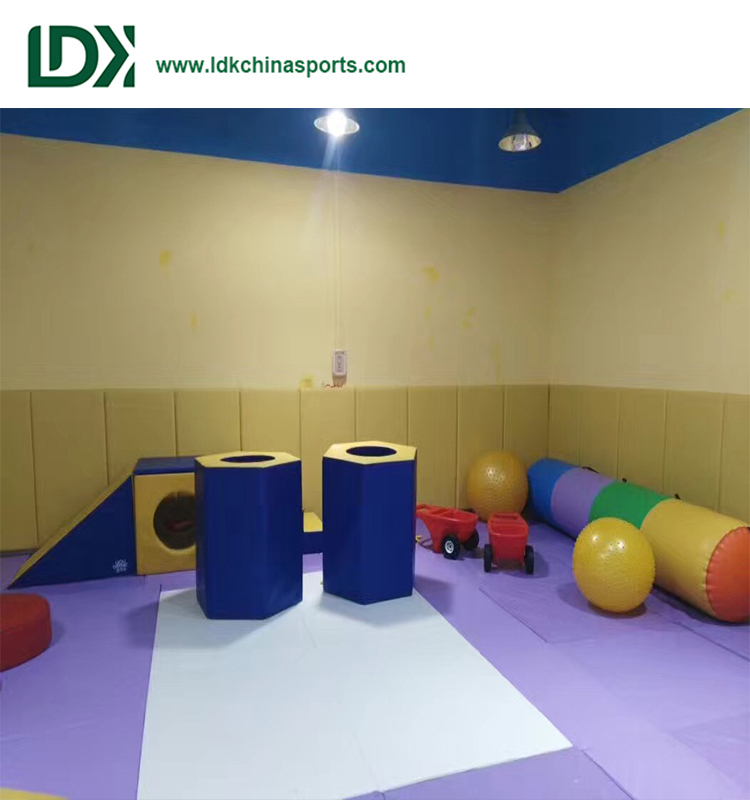
Artistic expression and aesthetic requirements
As artistic gymnastics continues to prioritize emotional stories, collective events are increasingly aimed at evoking specific emotions and narratives. We encourage gymnasts to explore their own experiences and emotions, injecting authenticity and depth into their movements.Cultural integration and the blending of different artistic styles are becoming increasingly common. The choreographer draws inspiration from various cultural traditions and creates programs showcasing the beauty of mixed art expression and the fusion of global art.
Collective activities incorporate elements that attract audience participation. Interactive programs can invite viewers to participate through applause, rhythmic movements, or vocalizations, creating a sense of shared energy and connection.
The trend of cooperative difficulty in collective events in artistic gymnastics competitions reflects the dynamic interaction between technological innovation, artistic expression, and cultural diversity. As gymnastics continues to attract audiences around the world and inspire athletes around the world.
From the technical challenges of achieving synchronization and mastering complex skills, to the artistic challenges of conveying emotions and narratives, gymnasts and choreographers are adept at handling multifaceted fields that require precision and creativity.
With the development of gymnastics culture, collective events may continue to challenge the limits of difficulty, innovation, and collaboration. The advancement of technology, interdisciplinary cooperation, and adaptive gymnastics will drive the development of gymnastics routines, which not only require high physical fitness.
And it is eye-catching in art and resonates with culture. The future of artistic gymnastics collective projects will be the unique synergy generated by continuous innovation, artistic exploration, and celebrating individual collaborations to create collective glory on the gymnastics floor.
The evolution of artistic gymnastics collective events has proven that this sport has the ability to adapt, change, and attract audiences by perfectly integrating sportiness, artistry, and collaboration.
As gymnasts and dance choreographers continue to push their limits, they have contributed to the inheritance of excellence, creativity, and cultural exchange, with their influence far beyond the scope of the arena.
The trend of difficult cooperation in collective activities is not limited to elite gymnastics competitions. Education promotion and grassroots activities play a crucial role in cultivating future talents and shaping the next generation of gymnasts.
Gymnastics clubs, schools, and community programs introduce young athletes to the charm of collective sports, cultivate their love for this sport, and encourage them to cooperate as soon as possible.
In the history of artistic gymnastics, there have been some iconic collective performances that have left an indelible mark on this sport, providing inspiration for current and future gymnasts.
Motivating them to constantly pursue new heights in technology and art, the legacy of these performances will continue to influence choreographers, coaches, and athletes as they strive to create movements that capture the same magic and emotions.
The future of artistic gymnastics collective projects will be marked by continuous cooperation and innovation, with gymnasts, dance choreographers, coaches, and experts in various fields working together.
Creating gymnastics movements that break through the limits of difficulty, attract audiences, and tell exciting stories, technological advancements such as virtual reality and augmented reality may provide new opportunities to enhance the artistic and visual elements of collective activities.

Competition Gymnastics Parallel Bars
Cultural influence and cooperative motivation
They promote mutual understanding, cross-cultural exchange, and global solidarity, which contribute to building a more interconnected world and promoting and sharing different artistic traditions.For gymnasts, participating in group events provides opportunities for personal growth, empowerment, and self-expression, collaborating with teammates, choreographing movements, and performing on global stages.
All of these will bring gymnasts a sense of achievement and confidence that goes beyond the gym. The experiences learned through collaboration contribute to the comprehensive development of athletes as individuals and team members.
Artistic gymnastics emphasizes artistic expression and collaboration, serving as a cultural ambassador that transcends national borders and language. The universal language of gymnastics and emotions enables gymnasts to establish connections with audiences around the world.
The cultural influence of gymnastics, which conveys messages of hope, motivation, and unity, transcends the realm of competition and influences people's understanding of beauty, sportsmanship, and creativity.
The digital age has changed the way Gymnastics culture is shared and consumed. Social media platforms, streaming services, and online communities provide gymnasts and fans with innovative ways to participate in collective activities.
Gymnasts can share their inner journey, insights, and behind the scenes footage, promoting deeper connections between athletes and the audience.
The trend of difficulty in collective project cooperation in artistic gymnastics competitions reflects the dynamic interaction between excellent technology, artistic innovation, and cultural diversity.
From early gymnastics competitions to the present, collective events have developed into fascinating displays of skills, synchronization, and artistry. With the continuous development of gymnastics culture, collective events will still be the cornerstone of gymnastics.
It will attract the imagination of the audience, inspire gymnasts to collaborate, create, and challenge their limits, and the legacy of artistic gymnastics collective projects will continue to shine, illuminating the artistic brilliance and collaborative spirit of this charming and enduring sport.
The artistic gymnastics industry, like many other sports, has recently faced unprecedented challenges, as the global COVID-19 pandemic has disrupted the essence of training, competition, and collaboration.
Gymnasts and dance choreographers have demonstrated extraordinary adaptability and adaptability, finding innovative ways to continue training and engage in virtual connections.
As society increasingly values sustainable development and environmental responsibility, Gymnastics culture may also reflect these values, and the design of collective movements may include themes such as nature, conservation, and ecological awareness.
Choreographers and gymnasts can collaborate to create performances that inspire viewers to think about their relationship with the environment and the importance of collective efforts to tackle global challenges.
The trend of difficult cooperation in collective activities is also intertwined with people's increasing awareness of mental health and happiness in sports.
Athletes, coaches, and organizations all recognize the importance of prioritizing mental health while conducting physical training. Collective activities can become a platform for promoting mental health.
Promote open dialogue and create a supportive environment for gymnasts to collaborate not only in their movements but also in maintaining mental health.

Adjustable Gymnastics Equipment Vaulting Table
Summary
The characteristic of the gymnastics world is intergenerational, with athletes of different ages and levels of experience coexisting, and cooperative routines can accept this diversity through intergenerational cooperation.Encourage young gymnasts to learn from experienced veteran athletes. This collaborative exchange of knowledge and skills contributes to the continuity of gymnastics and the transmission of gymnastics culture from generation to generation.
LDK sports equipment manufacturer's promotion is in progress: Click to contact us now









